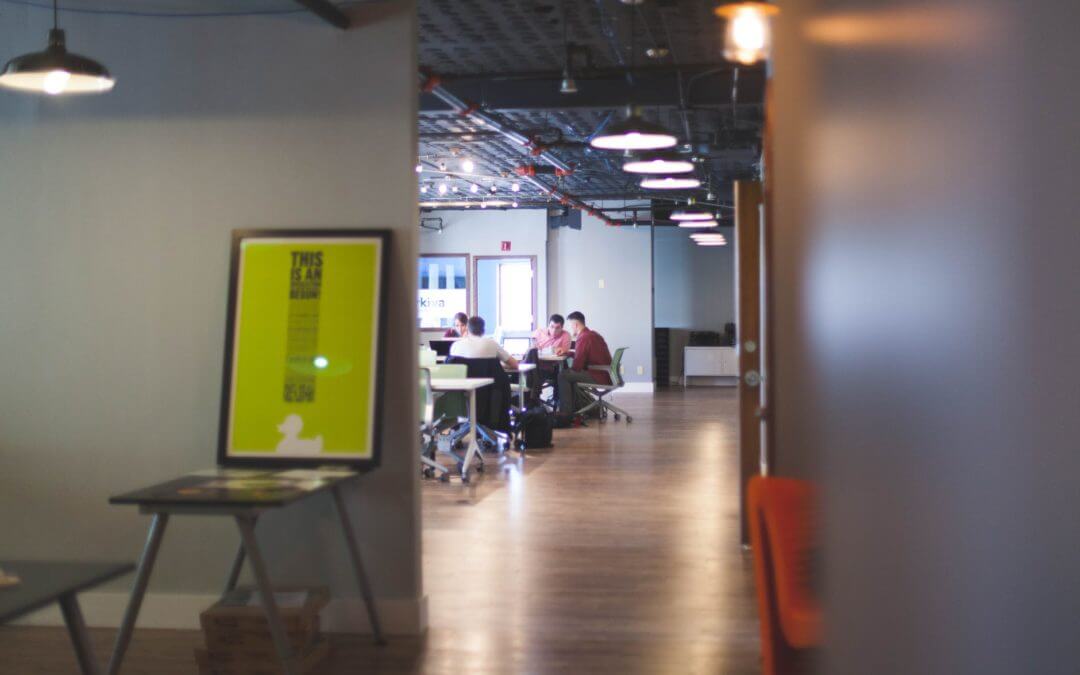Does your office layout support your business culture?
Take a look around your office. The chances are that to some extent or another the office layout is “open plan” in design. Think for a moment, do you love it or loathe it?
An open plan environment
If you loathe it with a passion, you are in good company! A quick Google search about the ‘pet-peeves’ of an open plan environment include:
- Noise from phones or other equipment and from general chatter
- The disruption of impromptu meetings in the middle of the office
- Interruptions and always being perceived as available
- A lack of control over the temperature as everyone battles to win the air-con war
- No privacy or space to store belongings
- Messiness and unwelcome smells from food, body odour and overly strong perfume
- The rapid transfer of illnesses amongst a group of people in close quarters
But despite much criticism, it seems open plan is here to stay in one guise or another. But why is that, if the general consensus is so negative? Well, it appears that employers think that the pros outweigh the cons, so what might these pros be?
- Ease of communication between people sharing one space
- Sense of belonging and team by working closely together
- Opportunities for collaboration and the ability to easily hold impromptu meetings
- Cost efficiencies through shared resources
- Visibility of the work being done by everyone
Or the cynic might say, it’s just that it is the cheapest way to squeeze the most people into the space available!
What motivates office layout decisions?
Let’s take a step back for a moment and consider what business leaders want from their employees:
- High Productivity is near the top of the list for most, so that there is a good return on investment for the salary budget.
- A happy team who feel valued and respected – assuming that this isn’t entirely due to an altruistic desire to be a “decent boss” it makes good business sense as happy employees tend to be more productive and cause less problems.
- An engaged and motivated workforce who are focussed on delivering optimum results.
- Healthy employees – as business owners know how expensive and disruptive excessive sickness absence can be.
Separate space brings a different set of problems
Separate offices come in for criticism too by the way. Small spaces as room is needed for corridors, poor lighting especially if some rooms are internal with no natural light, the need for more complex heating and cooling systems, separation making spontaneous communication harder, and often creating a feeling of hierarchy and structure that is perhaps unnecessary.
So, if neither the open plan nor old-school individual office set-up are the optimum environment to achieve efficiency and keep employees happy, what can businesses do instead?
A third way – flexible work spaces
Businesses often benefit from introducing flexible work spaces consisting of zones for different types of activity with quiet spaces for concentrated work, private areas when confidentiality is key, flexible open plan areas that can be configured according to current requirements, more relaxed seating for informal and creative meetings, and of course rest areas that promote a sense of well-being.
The optimum environment allows for movement throughout the day whilst enhancing concentration and facilitating creativity. As far as possible, employees benefit from having control over the set-up of their desk area and a place to store their own belongings – even when the set-up is a hot-desking environment it is important to provide a pedestal or cupboard space for each employee.
This type of environment works particularly well if combined with flexible working hours and the ability to work from home when under the weather when well enough to work but likely to spread germs.
So, does the design of your work environment reflect your business culture and style? Does it say what you want it to about you as an employer? Does it enable positive proactive management of the team? Is it a space that facilitates respecting each other’s work & concentration whilst encouraging self-management? Does it create the right mindset for achieving the business goals you have set?
A modern flexible environment that allows people to work in the right space for their current frame of mind and the task at hand, that reflects your business culture and is consistent with your management style really could reap great rewards. If you don’t currently have that – what changes could you make?
Sam Swinstead is a Director at vivoHR – helping employers to get it right. She can be contacted on 0845 463 9 365.

